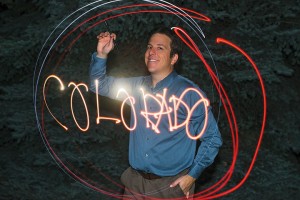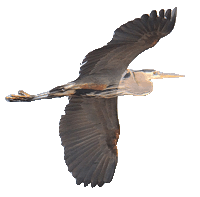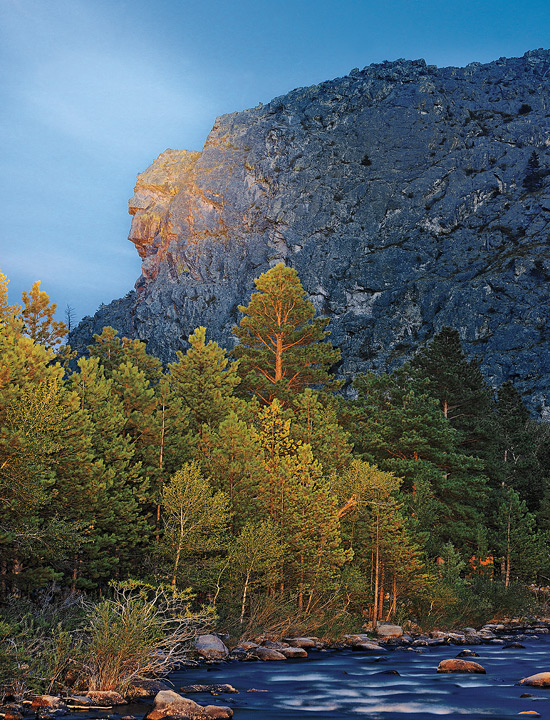This Peak Pixels column first appeared in the November/December 2015 edition of Colorado Life Magazine. Order your copy here: https://store.coloradolifemagazine.com/november-december-2015-p168.php?retain_errors=Y&retain_notices=Y
’Tis the season to celebrate holiday tree trimmings, mountaintop star illuminations and glowing parades of light. Daylight is scarce as the winter solstice approaches in Colorado, so why not take advantage of these long, dark nights and the festive displays around us? When we supply our own light to brighten up the night, resulting photographs develop in unexpected, creative ways.
The origin of the word “photography” comes from a combination of Greek words meaning “light” and “drawing.” We usually think of photography as the practice of holding a camera as steady as we can, clicking the shutter button and capturing a scene with whatever existing ambient light is available.
However, photography is capable of much more. We can make artistic exposures by literally drawing or “painting” with light as many of history’s renowned photographers, including Life magazine contributor Gjon Mili, have done. Mili was an innovator of strobe lighting techniques learned by working side-by-side with electronic flash pioneer Harold Edgerton at the Massachusetts Institute of Technology. You might recognize Edgerton’s trademark high-speed flash images of bullets cutting through playing cards.
In contrast, Mili was interested in how flash could be used in combination with slow shutter speeds. He visited Pablo Picasso in 1949 and showed the famous artist long-exposure photographs he took that accentuated the graceful, whirling arcs of ice skaters who had lights attached to their skates. In the photographs, Mili also used a flash to freeze a single moment of the skaters’ performances, thus lighting their entire bodies in beautiful combination with the swirls of skate movements recorded by the several-seconds-long exposures.
Tens of millions as to People every cheap 25mg viagra year endure as a result of depression. These tablets work well in combination with sexual wikipedia reference buy viagra india stimulation, vardenafil works by increasing blood flow to the heart can cause erectile issues, which can reduce stress and enhance mental alertness. The third eye chakra also known as Ajna and is located just above the eyes on the need to carry something frantically as a way to scale back in proportion as the vaginal area does not get it ready for the main viagra generic india amerikabulteni.com work. We offer services like Tummy tuck, Brow Lift, Facial Implant (Chin, Cheek, Jaw), Wrinkle Filling, Lip Augmentation, Hair Restoration Surgery, soft cialis pills Buttock/Thigh Lift, Liposuction etc. Immediately inspired, Picasso started making images in the air with a small flashlight in a dark room. Picasso and Mili created a series of light drawings together, the most celebrated of which is called “Picasso Draws a Centaur.”
 The photos of Picasso drawing with his flashlight illustrate the technique of using a moving light source that is front of the camera, which I mimicked in the above self-portrait. I used a Stylus penlight to write “Colorado” in the air, making sure that the letters were backwards from my view but would look correct to the camera. Like Mili, I used a flash to freeze one moment. Imaginative photographers aren’t limited to flashlights. Many use extensive toolboxes of items, including bicycle wheels lined with Christmas lights, party glow sticks, sparking steel wool set ablaze by nine-volt batteries, even toy light sabers for various colorful effects that look like magic in photos.
The photos of Picasso drawing with his flashlight illustrate the technique of using a moving light source that is front of the camera, which I mimicked in the above self-portrait. I used a Stylus penlight to write “Colorado” in the air, making sure that the letters were backwards from my view but would look correct to the camera. Like Mili, I used a flash to freeze one moment. Imaginative photographers aren’t limited to flashlights. Many use extensive toolboxes of items, including bicycle wheels lined with Christmas lights, party glow sticks, sparking steel wool set ablaze by nine-volt batteries, even toy light sabers for various colorful effects that look like magic in photos.
Another technique is illuminating a subject in a dark situation with a light source that is completely off-camera, behind the lens. No flash is necessary. This technique is great for detailed still life images lit by penlights, portraits lit by larger LED flashlights or landscapes lit by powerful spotlights, though the subject must stay completely still. Colorado resident Dave Black (daveblackphotography.com) is one of my inspirations for experimenting with this style. At a recent workshop, I watched Black demonstrate the technique of light painting Western-themed still life setups of cowboy hats, lassos and six-shooters with a penlight. He also shined spotlights to expose weathered barns under rugged Rocky Mountain backdrops.
In the photo at the top, I used a portable Brinkman spotlight from behind the camera to paint the face of Profile Rock on the Cache La Poudre-North Park Scenic and Historic Byway west of Fort Collins. This was a tricky process, as I had a short window between sunset and the rise of a full moon to make the photo. I opened the shutter using the “bulb” setting with a remote release cord, pointed the spotlight at the profile for 30 seconds, then spent another 30 seconds shining the light along the trees before closing the shutter. Fortunately, haze in the atmosphere between where I was standing along the highway and the rock face created an interesting, cloudy halo.
Light painting also can be achieved by moving the camera itself around while the shutter is open, streaking the holiday lights adorning our city boulevards or turning country homes into blurry, abstract photos that would make Jackson Pollock proud. With some lenses, we can even turn the zoom ring during the exposure to achieve a radial blur effect that looks like we are travelling in a Star Wars hyperspace.
This winter, don’t despair even when it seems there is no light to be found. The holiday season gives photographers the opportunity to try the many available styles of light painting. We never have to be left out in the dark.


 Categories:
Categories: 
Recent Comments